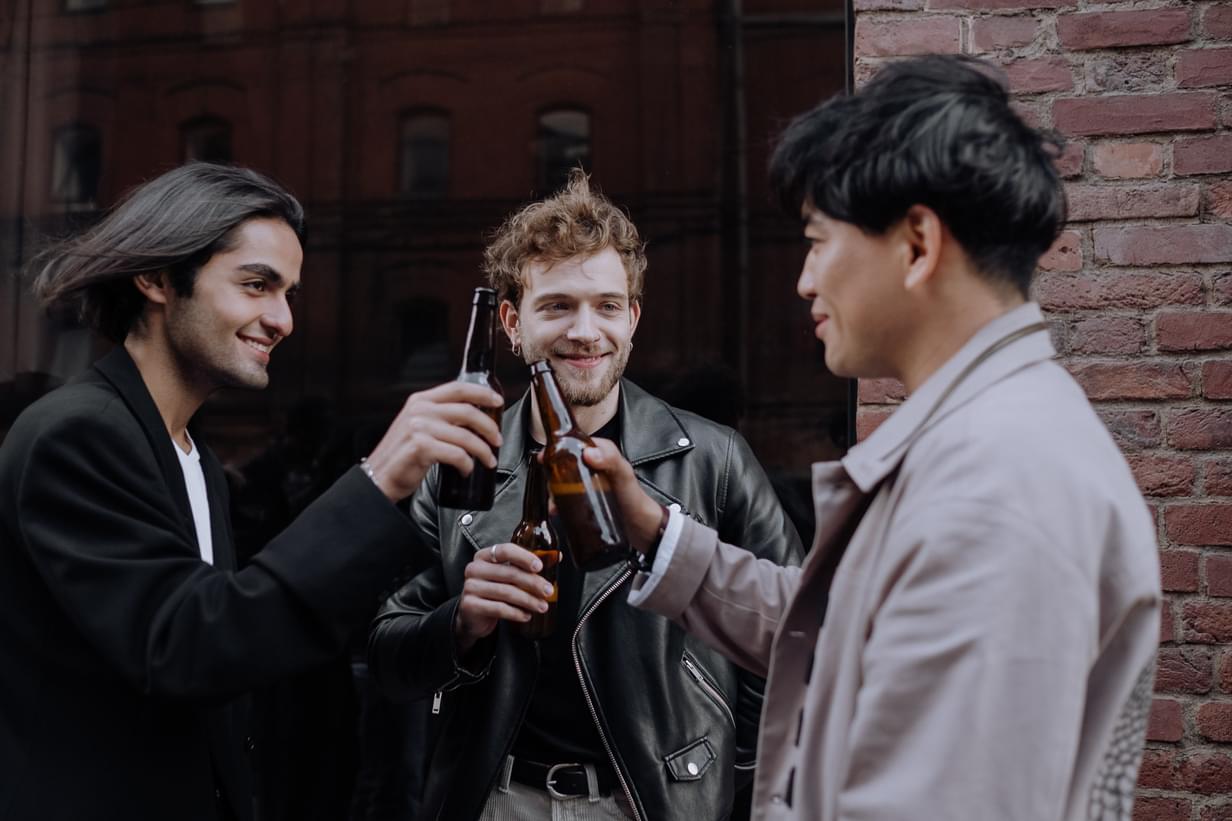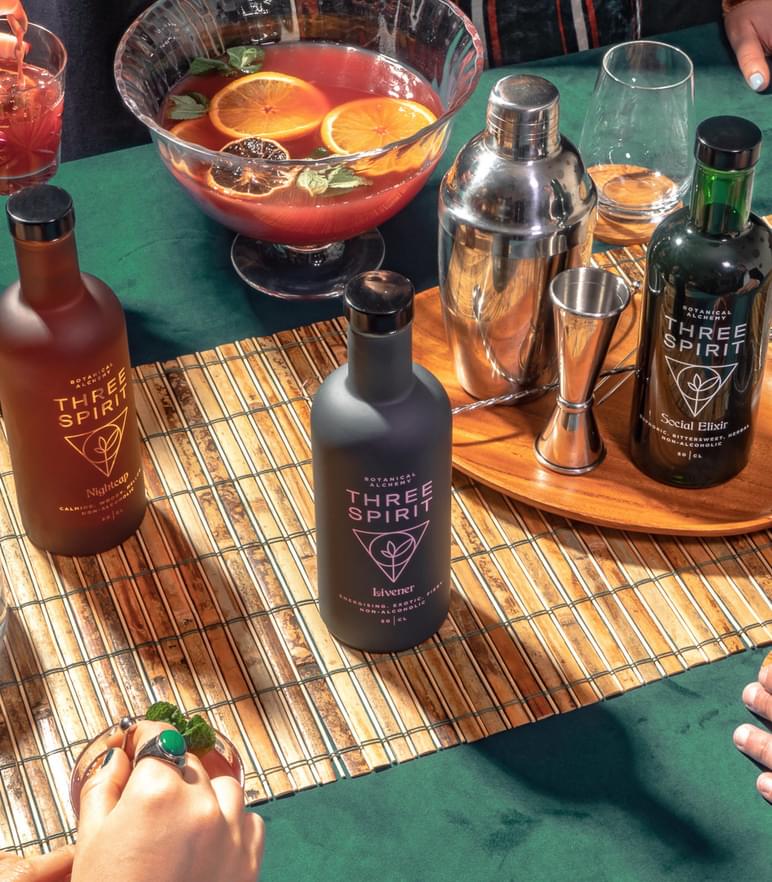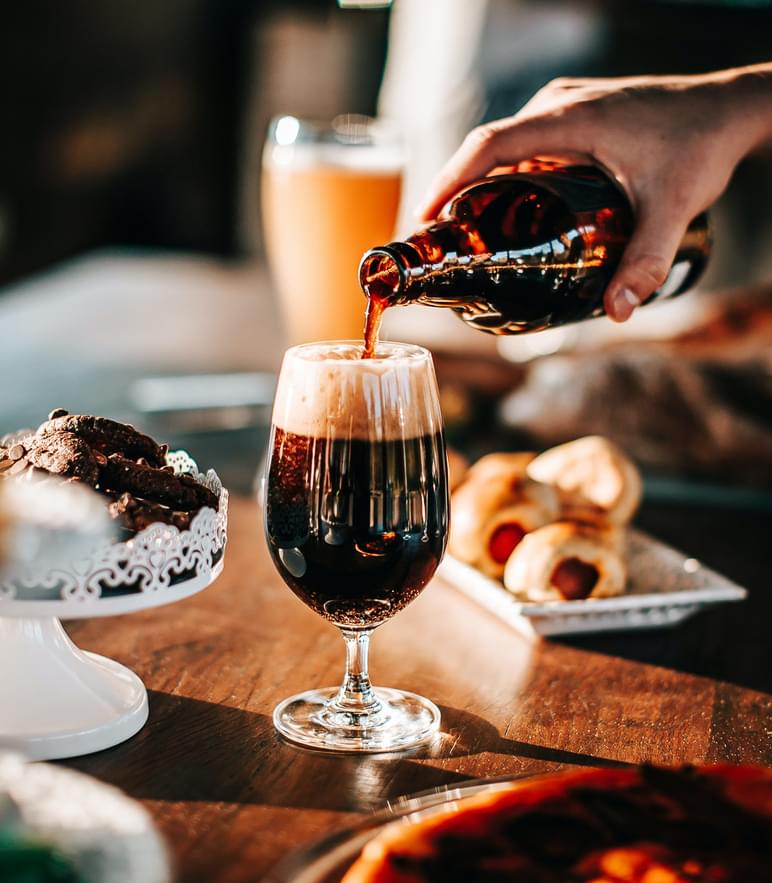No & Low Alcohol’s Big Moment
Make no mistake - No and Low is still a side show when stacked alongside alcohol. But it’s already punching above its weight in the publicity stakes, and this is set to escalate as the product continues to improve.

Andy Wardlaw
07 Jun, 2021 | 5 minutes
The world is in the grip of sweeping moderation. So, this is the moment that the No & Low Alcohol sector must step up and break down a wall of apathy. It’s also time also to sign up for FREE to MMR’s No & Low Show on June 17th, with speakers from Heineken, Three Spirit, Partake and more! Secure your spot here.
We’ve all heard the one about how long it takes for people to form a new habit. One study for the European Journal of Social Psychology observed that it can range from 18 to 254 days, with an average of 66 days.
I am not here to quibble the number of days, but available data indicates a surge in consumption of no and low beverages in home environments in 2020 – with weekday evenings representing a much bigger occasion compared to 2019.
IWSR, the drink industry’s leading data provider, found that whilst total alcohol consumption (on and off-premises) fell by 9.4% globally, sales of no and low alternatives nudged ahead 1% - thanks to increases in home based occasions. Habits that are likely to have become embedded into many people’s repertoires.
More widely, the onset of more home-based drinking occasions is likely to favour No & Low choices - not least because peer pressure over what to drink is heavily reduced.

Post-pandemic dividend
Whilst no and low’s 1% gain might seem a little pale, it disguises the fact that supermarket sales have been delivering double digit growth, on top of what are some pretty hefty gains in 2019.
And then there’s the fact that not included in the numbers are the huge uplifts experienced by brands operating direct-to-consumer (DTC) operations. Philip Brandes of Bravus, a North American craft brewery, told me that his direct sales have increased by over 500% in 2020. And it’s a similar story for other players too.
‘Official’ IWSR forecasts suggest that global volumes will rise by 31% by 2024, but in all probability, this number is likely to be smashed in some of the ‘high potential’ markets like the U.K and U.S.
Germany and Spain currently lead the world, where no and low options represent about 9% of total alcohol. For the U.K and U.S, the figures are 2.3% and 1.5% respectively.
Behind the optimism are the words of Mark Meek, CEO at IWSR, who cites “a moderation trend that’s sweeping across global markets and bringing increased demand for reduced alcohol or alcohol-free drinks.”
Not only are younger generations drinking less, but better, they are leading the way in not drinking alcohol at all.

Inventing, not mimicking
So, with ‘Alt’ alcohol set to become even more lucrative over the next few years, there is much to be done because most consumers are still pretty damning about product quality – as figures to be released during the broadcast will show. But there is also some optimism about what the future holds.
And as the market gets into its stride, gaining in confidence, it is getting more creative. Inventors are increasingly giving us completely new liquids that appeal to more adventurous expectations. Closing the sensory gap with alcohol isn’t the only way to make money, it seems. As Ben Branson of Seedlip blatantly puts it, “If you take out the thing that makes it the thing, it cannot be the thing. It can’t be a rum or whisky, it just can’t. So why try?”
Take self-confessed plant scientists Dash Lilley, Tatiana Mercer and Geyan Surendran who have landed the ‘booze-free but buzzy’ Three Spirit brand: “We threw together a mix of plant scientists, world-class bartenders, hedonists, herbalists and artists – with the intention of creating something different. It’s probably why our products taste differently to anything else out there”, says Geyan. We will be interviewing this award-winning brand live on the show. Can’t wait for that!
Choice drives sales
The success of no and low is still heavily dependent on beer and cider alternatives, which represent a whopping 92% of total no and low sales.
There is general consensus that the reason why Germany stands out as a no and low success story (12% of the country’s beer sales are no and low) is the quality and variety of beers on offer. No and low drinkers are not confined to one or two ‘substitutes’.
Ted Fleming of Partake Brewery, Canada, thinks that choice has a huge role to play. “When I started Partake, I wanted to create a range of beers that gave people like me the chance to discover something new. We shouldn’t deny people choice simply because they have chosen not to drink beer with alcohol. That’s no fun!”
It’s one of the reasons why things are starting to wake up in the U.S. Supermarkets are finally starting to expand their ranges. Volumes have responded with a 28% increase in 2020, according to IRI.
And with high quality products from bigger brands such as Heineken expanding their global presence, more people are going to realise that drinking without the alcohol no longer needs to be a second rate experience.
Pace of change
Make no mistake. No and Low is still a side show when stacked alongside alcohol, still less than 2% in fact - but it’s already punching above its weight in the publicity stakes, and this is set to escalate as the product continues to improve.
With nearly one third of 18–24-year-olds actively avoiding alcohol, and nearly a quarter of all drinkers expressing a desire to cut back, there is every reason to give this category time and investment. Some are speculating that we might reach $15bn globally within the next five years.
For me, the interesting dynamic is not about how big this sector can get, but about how fast it gets there, and I suspect that IWSR’s forecast might be reached a lot sooner.
